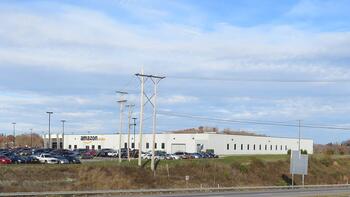
The decisions by Amazon and Google to expand into the New York area have led some pundits to claim that the nation’s high-tech economic future will be shaped in dense urban areas. “Big cities won Amazon and everything else,” proclaimed Neil Irwin of the New York Times. “We’re living in a world where a small number of superstar companies choose to locate in a handful of superstar cities where they have the best chance of recruiting superstar employees.” Yet the trends in job creation, particularly in technology, are not nearly as favorable to the “superstars” as some urbanists imagine. If one looks at data, not press releases, a more nuanced picture emerges, with much of the fastest growth—including in tech—shifting dramatically not to the elite, dense urban centers but to more sprawling regions and the suburban periphery.
As Ali Modarres, Director of Urban Studies at the University of Washington at Tacoma suggests, not all tech jobs are created equal. “Second wave” tech firms like Amazon tend to be short-term employers, where young workers earn their spurs before heading elsewhere. Of course, Amazon also has its warehouses, mostly in the exurbs, where workers labor in often Dickensian conditions, while Apple builds virtually everything in grim Chinese factories plagued by on-the-job suicides. Such practices contrast with those of more traditional tech firms—those involved with semiconductors, computers, network equipment, and aerospace—which rely on long-term employees. These firms, Modarres suggests, thus have different priorities when it comes to siting and corporate planning.
Read the entire piece at City Journal.
Joel Kotkin is executive editor of NewGeography.com. He is the Roger Hobbs Distinguished Fellow in Urban Studies at Chapman University and executive director of the Houston-based Center for Opportunity Urbanism. His newest book is The Human City: Urbanism for the rest of us. He is also author of The New Class Conflict, The City: A Global History, and The Next Hundred Million: America in 2050. He lives in Orange County, CA.
Photo Credit: Leonard J. DeFrancisci [CC BY-SA 3.0 or GFDL]












